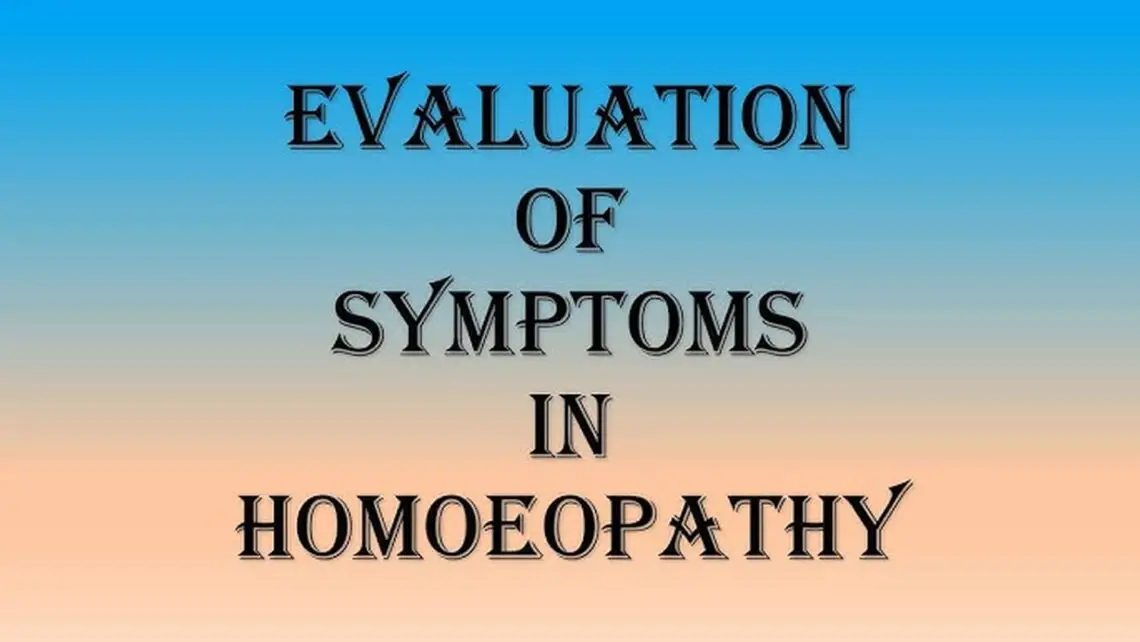Classification and evaluation of symptoms
It is a well-known fact that all the symptoms in a case are not equally important. After taking the case, a physician faces quite a big number of symptoms which are required to be analyzed, classified, and evaluated in order to arrange such symptoms hierarchically. Dr. Elizabeth Wright has given a very practical solution to this problem:” As soon as the case is taken and the physician sits down to study it, he will find it useful to run down the list of symptoms and mark with M opposite the Mentals, G opposite Generals, PATH opposite the Pathology , P opposite the particular and O for Objectives. For further clarifying , he may under line and peculiar symptoms in red “. This exercise undoubtedly is very useful for beginners, but it can prove equally beneficial to all the practitioners. However , the experienced and seasoned practitioners do it mentally.
Analysis and classification give an idea about the case in respect of its nature and the type of symptoms, and therefore, evaluation can be done by different methods.
The schema of the order of importance of symptoms according to Kent is :-
Mental : Will ( Emotion )
Understanding
Intellect
Physical generals :
Time, temperature, weather, position, motion, external stimuli, eating, drinking, sleep, clothing, and bathing.
Particulars :
Strange, rare and peculiar and particular modalities.
While Boger specially stresses pathological general, Boenninghausen gives more importance to concomitants and modalities.
All the three evaluation methods are to help the physician, and not to confuse him. After the case is well taken, evaluation of symptoms according to the case would not be difficult. The case may have different dimensions, which may prove useful to find out the simillimum. The objective of all these methods is the same, i.e. to find out a correspondence, but case should be analyzed and evaluated by different methods and techniques to facilitate the process of finding out the simillimum.
The three standard methods of classification and evaluation propounded by Boenninghausen, Kent and Boger are of practical use in repertorisation.






Good informative n helpful